Project
Keeping after dock and thistles
Controlling dock species (Rumex spp.) and Cirsium arvense in organic farming
Again and again root weeds, particularly dock species (Rumex spp.) in grassland and creeping thistles (Cirsium arvense) on the field, give organic farmers a hard fight. Both can spread quickly. Once they have gained a foothold, it is difficult to banish them again. We examined the factors that foster the spread and which measures will help to get rid of them.
Background and Objective
Especially in grassland, the large-leaved dock species broad-leaved dock (Rumex obtusifolius L.) and curled dock (Rumex crispus L.) are known to be annoying weeds. They reproduce primarily through seeds, one dock plant can produce up to 40,000 seeds. Furthermore they quickly overrun an area and displace forage grasses with their high leaf biomass. The dock species themselves have little nutritional value and thus reduce forage quality of grassland growth.
The Canadian thistle spreads in the field, mainly due to simplified crop rotation or crops with a slow juvenile development and late crop coverage. It reproduces mainly vegetatively by rhizomes, but also has a very high seed production, allowing it to repopulate sites in an easy way.
Results
Cutting the dock by hand or mechanical techniques are effective instruments for the control of dock species, the disadvantage is, however, the high amount of work and costs. Therefore farmers will use indirect measures in future. One option could be an optimized pasture management through grazing by goats and sheep. A successful grazing system could be to implement goats and sheep into a mixed grazing or in pre-grazing in combination with cattle grazing.
The mechanically powered machinery for dock control, WUZI, was used on ten selected pastures on different farms. Before and after the use of WUZI, the density of dock was determined on the ten grassland areas in the year 2004 in quadruplicated control- and WUZI-treated plots. The assessment of the output per machine hour or the output per hectare was conducted after consultation with the farmers.
The dock density was very different and varied from 0.35 dock plants m-² to 3.41 dock plants m-². The result of the dock control of the ten grassland areas averaged at 62 % with a range of 35 % to 88 %.
The output per machine hour averaged 260 plants h-1 and a maximum of 437 plants h-1. The prerequisite for good results is a well-trained operator. Due to changing personnel this was not guaranteed at all times. To keep the labor and economic costs low, the mechanical control of dock with WUZI should be carried out early, meaning at a dock plant density of 0.25 to 0.5 plants m-². So, for an expected output of 400-500 plants h-1, the time requirement would be 5-12 h ha-1.
A survey of the farmers involved showed that 80 % would use WUZI again. At the same time, farmers gave a numerous tips and proposals for optimizing WUZI.
Thünen-Contact

Involved external Thünen-Partners
- Julius Kühn-Institut - Bundesforschungsinstitut für Kulturpflanzen (JKI)
(Quedlinburg, Braunschweig, Groß Lüsewitz, Kleinmachnow, Deutschland)
Funding Body
-
Bundesprogramm Ökologischer Landbau (BÖLN)
(national, öffentlich)
Duration
2.2002 - 6.2004
More Information
Project funding number: BÖL 02OE055/1 und 04OE019
Funding program: Bundesprogramm Ökologischer Landbau und andere Formen nachhaltiger Landwirtschaft (BÖLN)
Project status:
finished
Publications
- 0
Böhm H (2005) Ampfer ohne Chemie bekämpfen. Top Agrar(3):100-103
- 1
Finze J, Böhm H (2004) Bedeutung von direkten Regulierungsmaßnahmen und dem Beweidungsmanagement auf den Besatz mit Ampfer-Arten (Rumex spp.) im ökologisch bewirtschafteten Grünland. Z Pflanzenkrankh Pflanzenschutz SH 19:527-535
- 2
Verschwele A, Pallutt B, Böhm H (2004) Wurzelunkräuter im ökologischen Landbau - Ergebnisse einer bundesweiten Studie. Mitt BBA 396:506-507
- 3
Finze J, Böhm H (2003) Strategien zur Ampferbekämpfung im Grünland. In: Freyer B (ed) Beiträge zur 7. Wissenschaftstagung zum Ökologischen Landbau : ökologische Landbau der Zukunft ; 24.-26. Februar 2003 in Wien. Wien: Univ für Bodenkultur, Institut für Ökologischen Landbau, pp 603-604
- 4
Finze J, Böhm H (2003) Strategien zur Ampferbekämpfung im Grünland unter den Bedingungen des ökologischen Landbaus. Mitt AG Grünland Futterbau 5:137-140
- 5
Böhm H, Engelke T, Finze J, Häusler A, Pallutt B, Verschwele A, Zwerger P (2003) Strategien zur Regulierung von Wurzelunkräutern im ökologischen Landbau - ein Verbundprojekt im Rahmen des Bundesprogramms Ökologischer Landbau. Landbauforsch Völkenrode SH 255:1-8

![[Translate to English:] [Translate to English:]](/media/_processed_/8/e/csm_Bildschirmfoto_2021-03-03_bearb_fc48ac88bf.jpeg)
![[Translate to English:] [Translate to English:]](/media/_processed_/8/e/csm_Bildschirmfoto_2021-03-03_bearb_ba3ec0e9d7.jpeg)
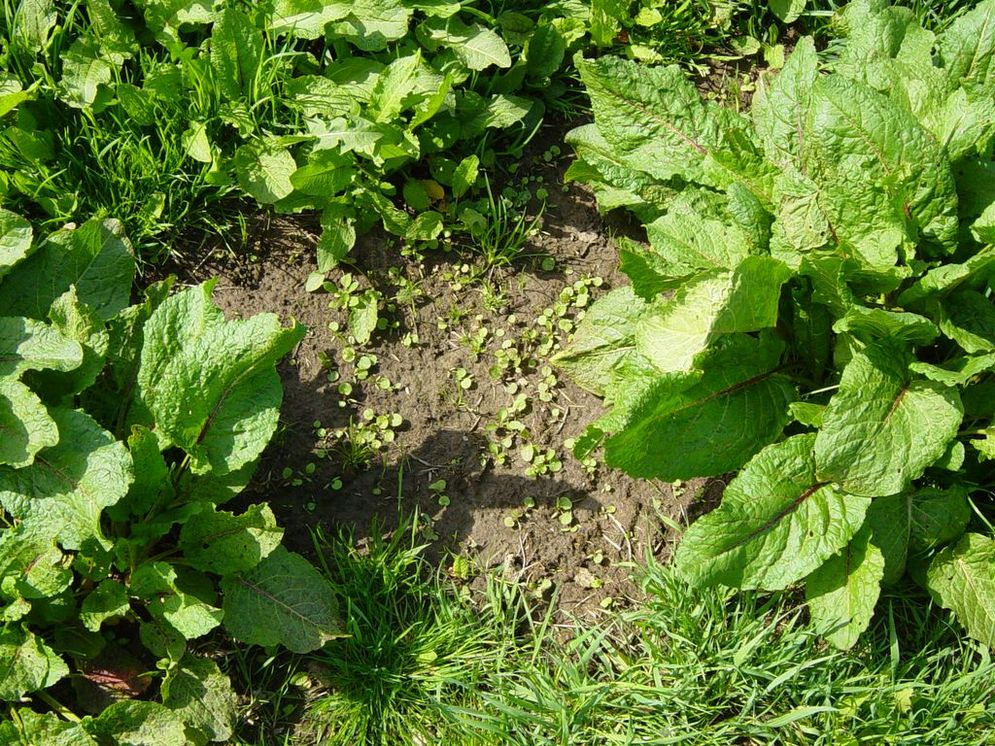
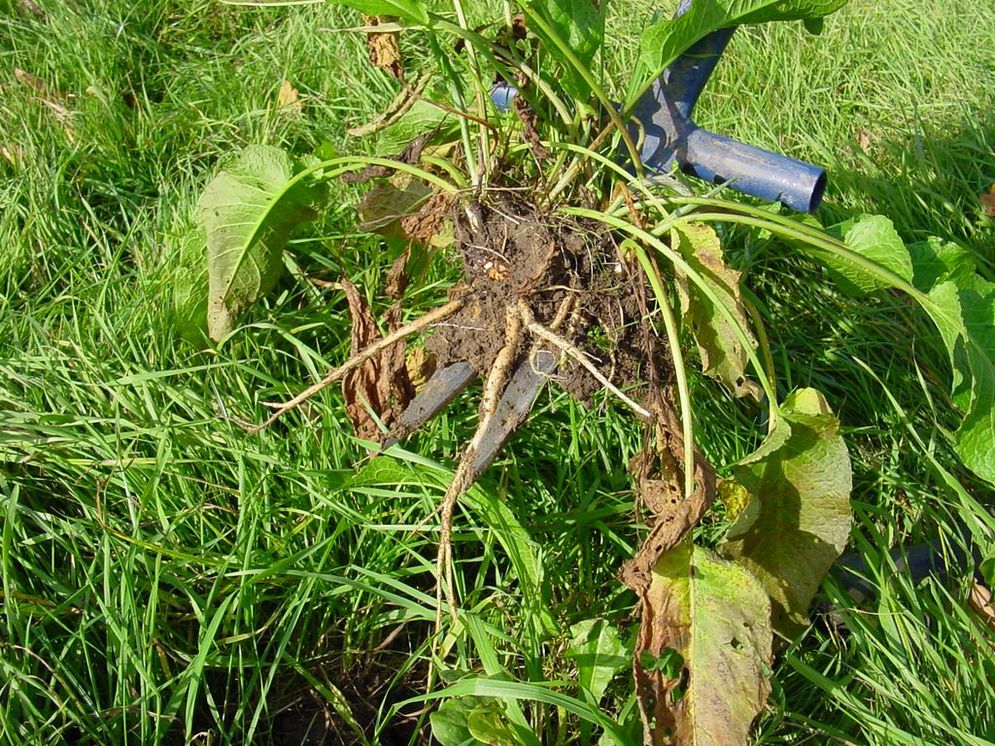
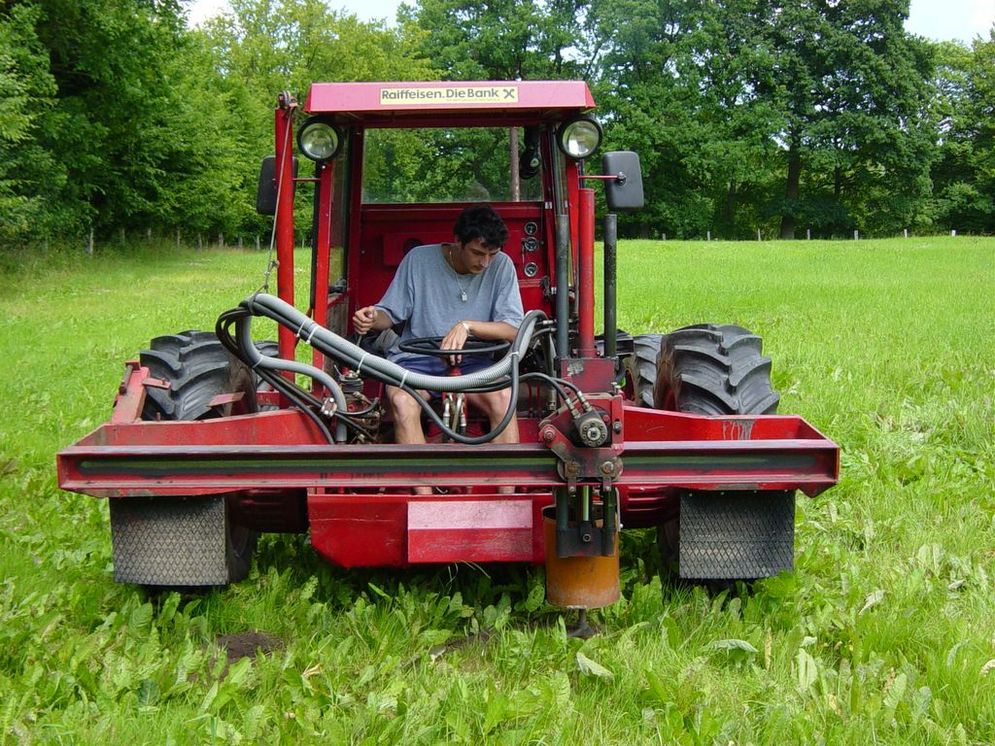
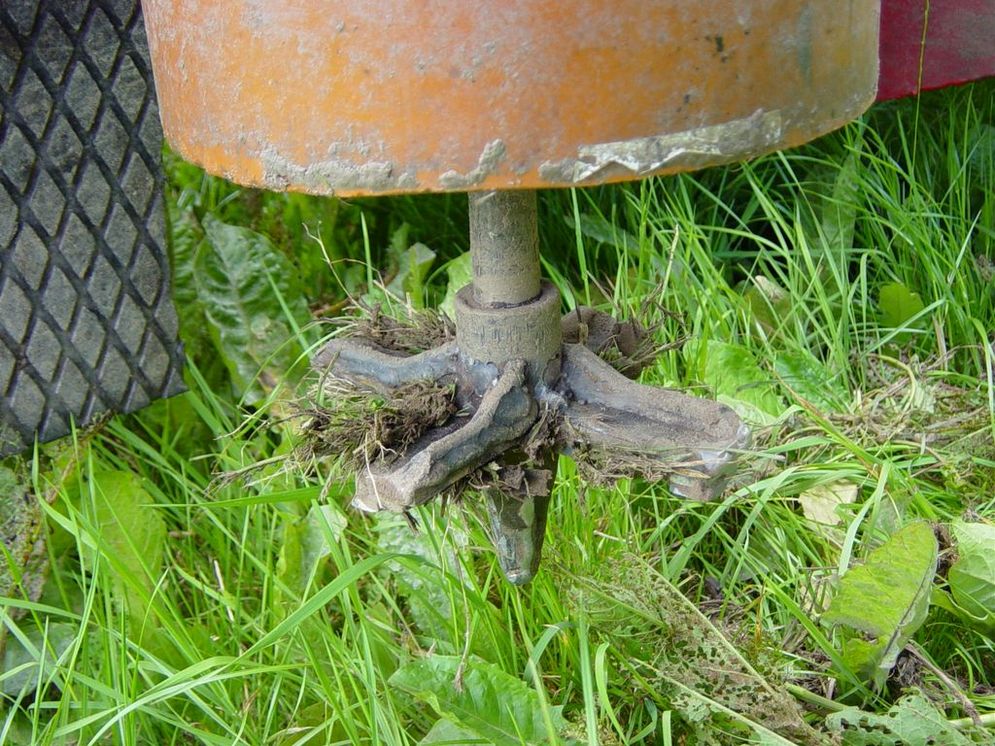
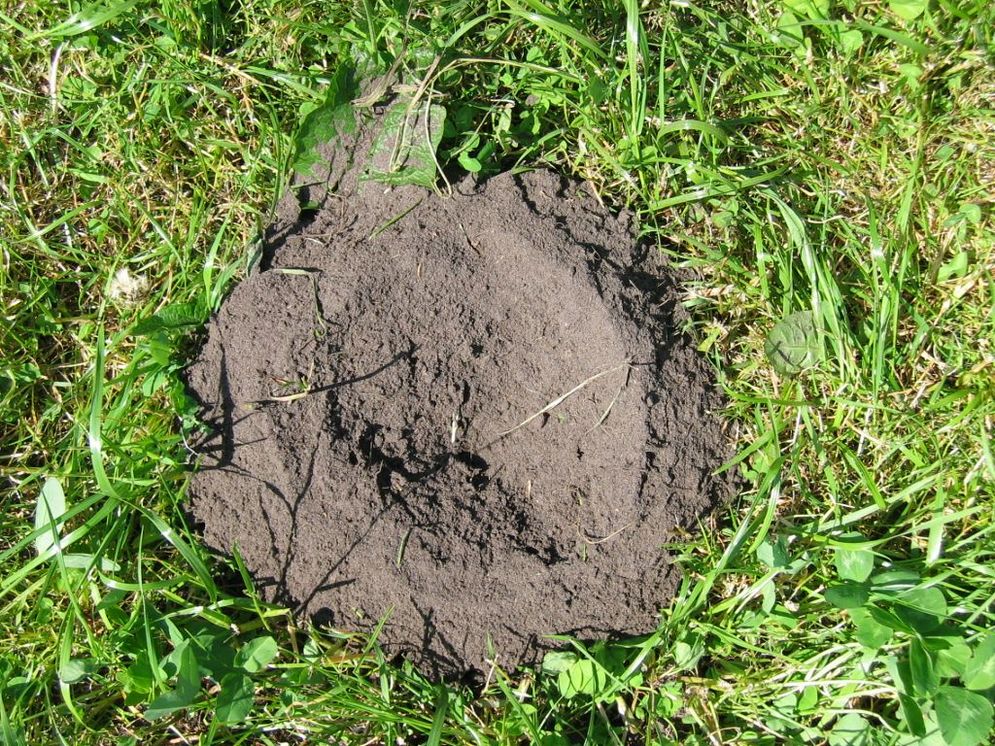
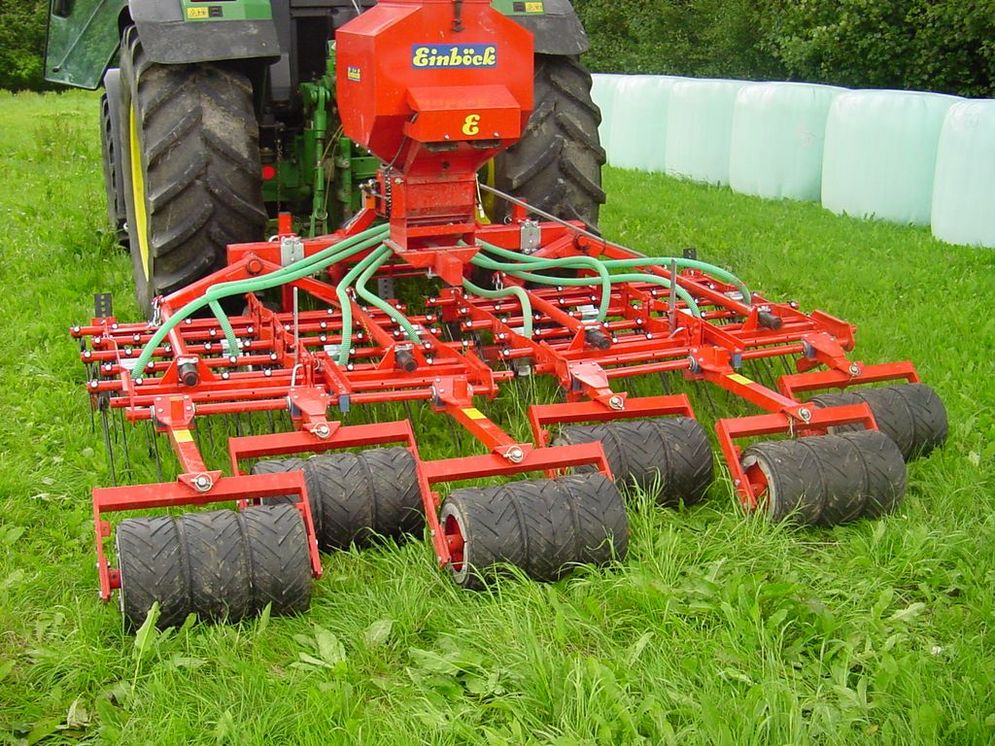
![[Translate to English:] Logo des Bundesministerium für Ernährung und Landwirtschaft](/media/allgemein/logos/BMEL_Logo.svg)